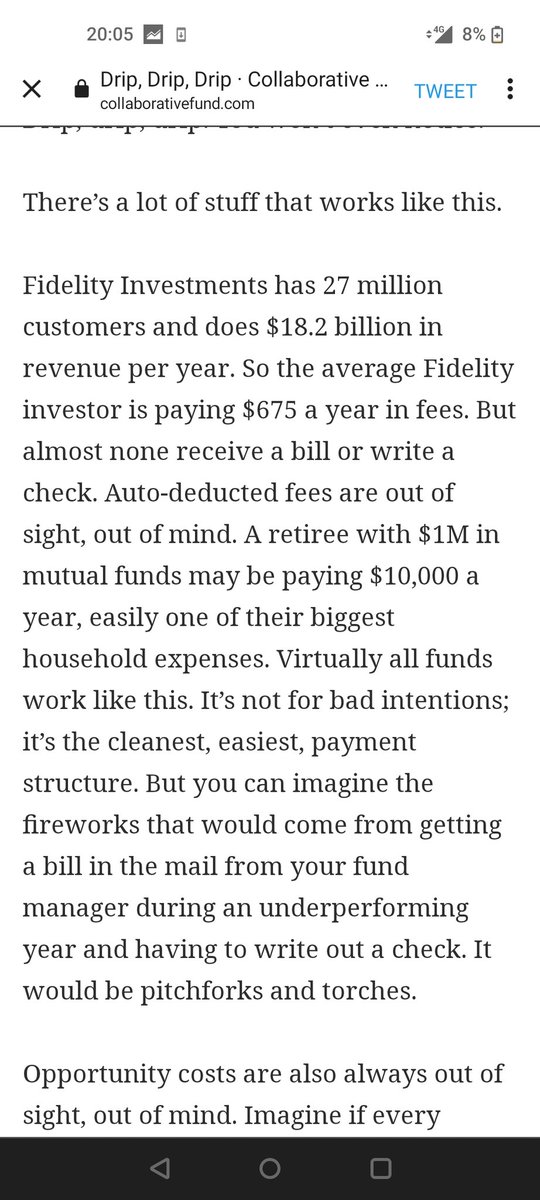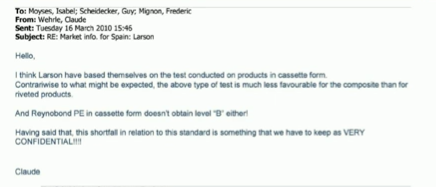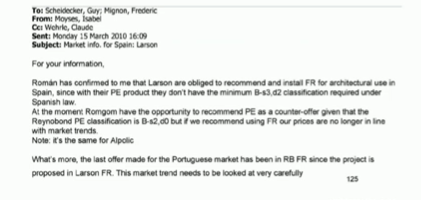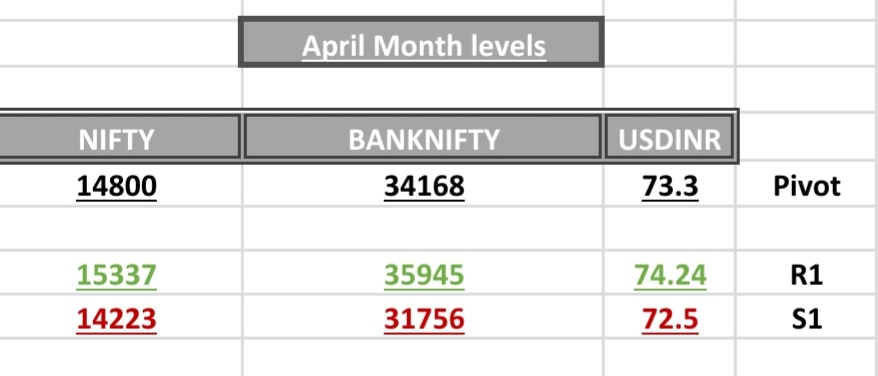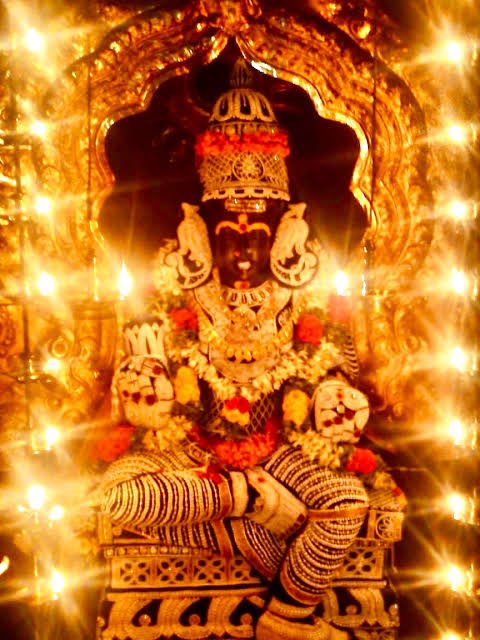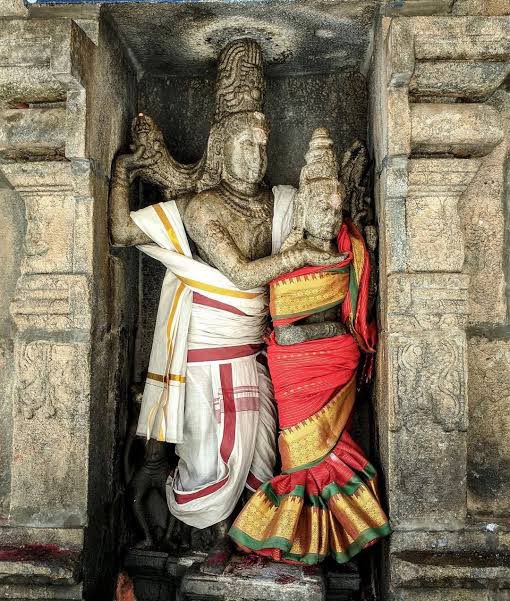It is hard to build a profitable internet business at scale in India, but not impossible. Let me talk about ixigo's FY2020 performance. But first, the back story (with @rajnishkumar)
FY2017: 22 crores revenue. FY2018: 67 crores revenue.
3x growth in a year. Something was working !
1. Instead of discounting, focus on organic and product-innovation led growth (our original mojo)
2. Become a full-blown OTA and build our own customer experience grounds up.
3. Get back to the frugal mindset we began with.
2020 JFM Quarter, we touched nearly 30 million monthly active users, and we also had our first fully profitable quarter. None of this possible without the ixigems putting in 12-15 hours a day!
153 crores Net Revenue (35% YoY growth)
5.4 crores EBITDA Loss (87% Profitability Improvement)
Cash-flow Positive
The "how we survived COVID" story is for some other day. But tomorrow, a big announcement coming ...
More from Business
Former CEO and future former Chairman of ATT RandaII Stephenson fun facts:
>>was chairman of Boy Scouts of America
>>was mentored by CarIos SIim
>>subsequently promoted to CFO of “southwestern bell company” (former name of ATT)
>>quickly resolved $30B in debt
>>is on CFR
😲

https://t.co/wWjV2t3bVB
And he worked for Bush telecoms ? Damn. This is a jackpot
I’m guessing This expIosion wasn’t just some expIosion
https://t.co/s0i05aaWXt
Silver lake

Silver Lake Senior Leadership
https://t.co/YLaUtP8lQa

>>was chairman of Boy Scouts of America
>>was mentored by CarIos SIim
>>subsequently promoted to CFO of “southwestern bell company” (former name of ATT)
>>quickly resolved $30B in debt
>>is on CFR
😲

https://t.co/wWjV2t3bVB
And he worked for Bush telecoms ? Damn. This is a jackpot
I’m guessing This expIosion wasn’t just some expIosion
https://t.co/s0i05aaWXt
Silver lake

Silver Lake Senior Leadership
https://t.co/YLaUtP8lQa

You May Also Like
Took me 5 years to get the best Chartink scanners for Stock Market, but you’ll get it in 5 mminutes here ⏰
Do Share the above tweet 👆
These are going to be very simple yet effective pure price action based scanners, no fancy indicators nothing - hope you liked it.
https://t.co/JU0MJIbpRV
52 Week High
One of the classic scanners very you will get strong stocks to Bet on.
https://t.co/V69th0jwBr
Hourly Breakout
This scanner will give you short term bet breakouts like hourly or 2Hr breakout
Volume shocker
Volume spurt in a stock with massive X times
Do Share the above tweet 👆
These are going to be very simple yet effective pure price action based scanners, no fancy indicators nothing - hope you liked it.
https://t.co/JU0MJIbpRV
52 Week High
One of the classic scanners very you will get strong stocks to Bet on.
https://t.co/V69th0jwBr
Hourly Breakout
This scanner will give you short term bet breakouts like hourly or 2Hr breakout
Volume shocker
Volume spurt in a stock with massive X times










